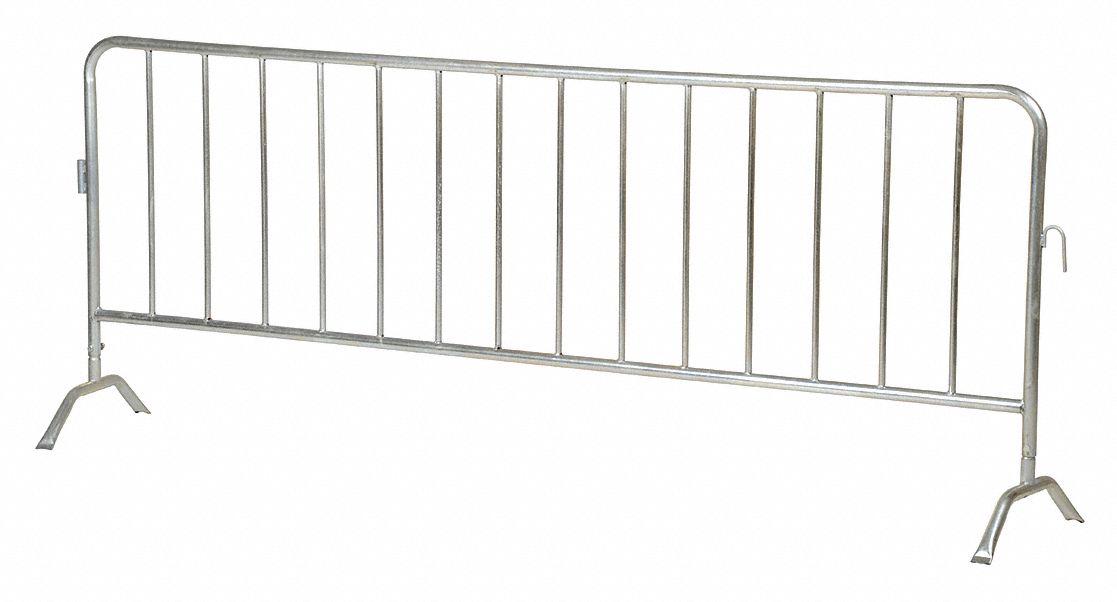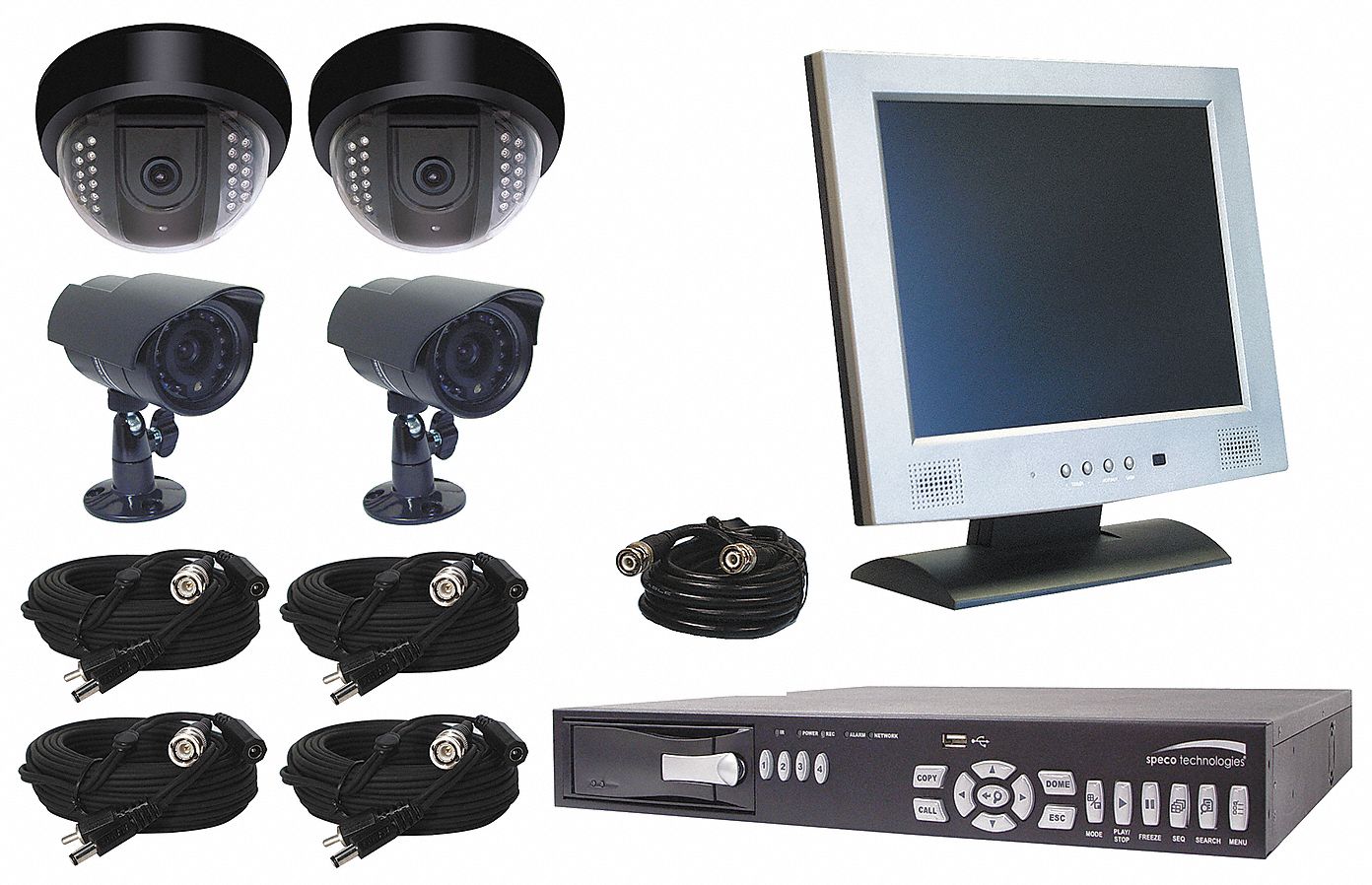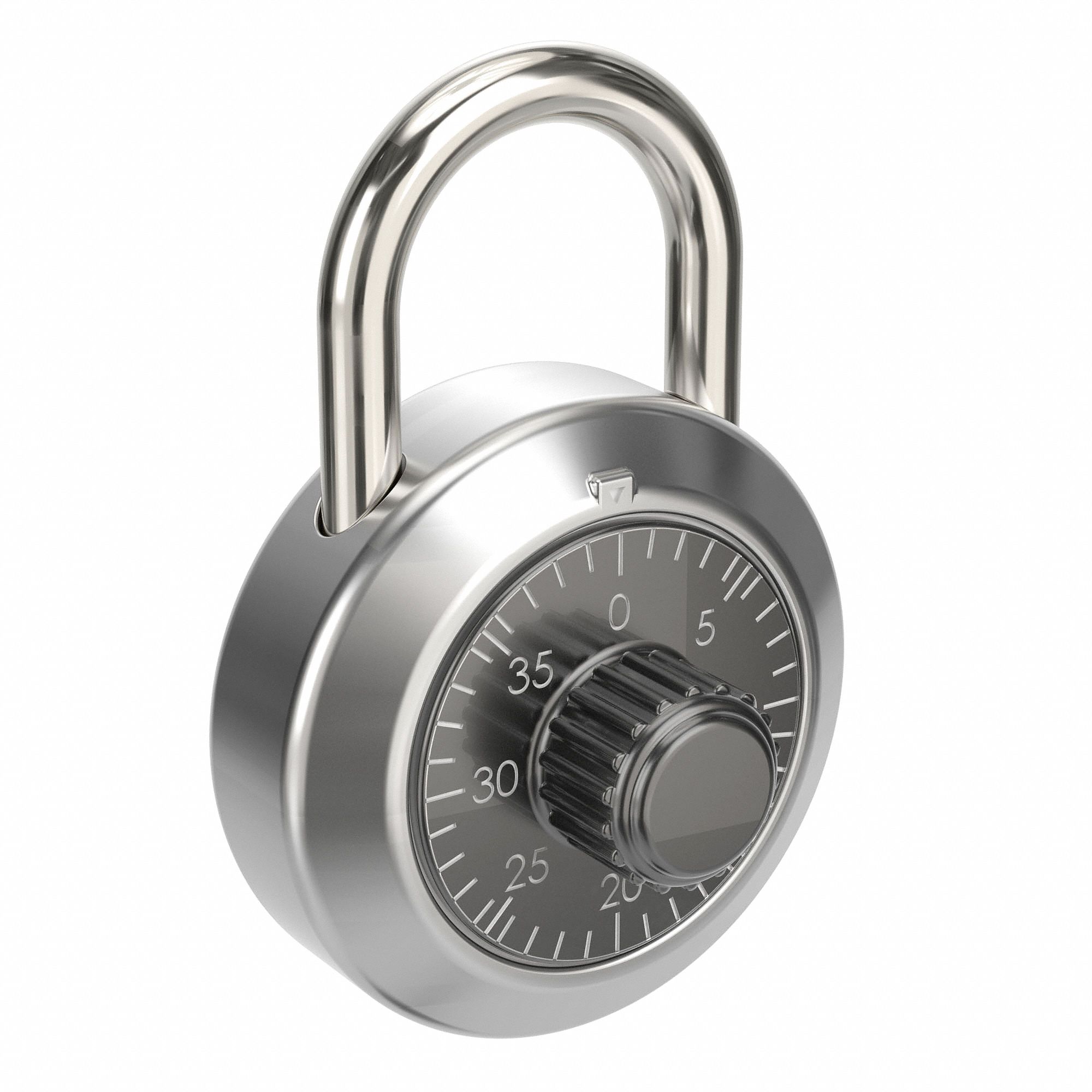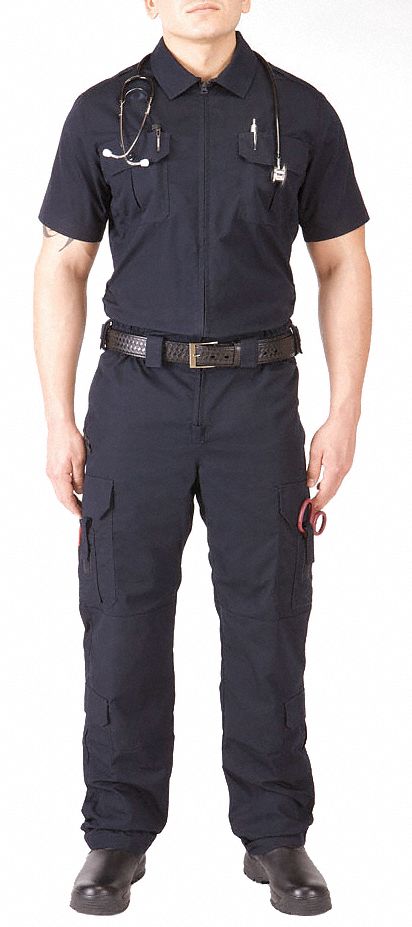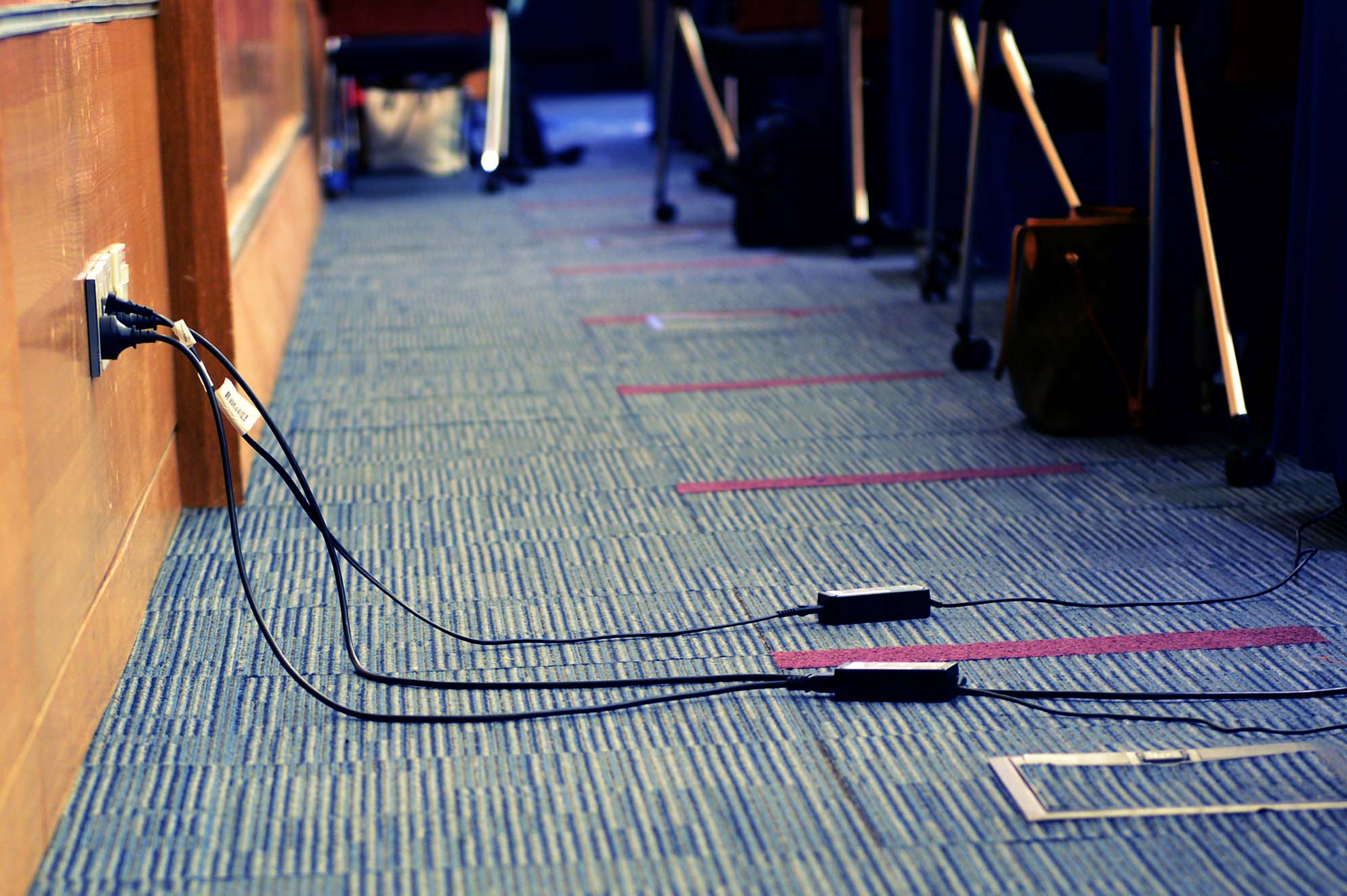

Office Safety Tips: The Big 2 and Beyond
By Grainger Editorial Staff 7/25/22


You might think that pushing paper and maneuvering a mouse are low-risk activities, but in 2020, office and administrative support workers suffered almost 50,000 workplace injuries severe enough to require time away from work. Don't let office safety be an afterthought.
To help make your office a safer place to work, start by addressing two of the biggest causes of severe workplace injury.
Look out for Falls
Falling is a major cause of injury for office workers. In 2020, more than 10,000 office and administrative support workers were severely injured by falls. To reduce trip-and-fall hazards, consider these tips:
- Tidy up: A cluttered office is more than a sign of disorganization. Boxes and stacks of paperwork piling up on the floor could be an accident waiting to happen. Make sure your office has adequate storage cases and filing cabinets to keep the floor clear of debris. And keep those cabinet drawers closed – an open drawer is an accident waiting to happen.
- Cover cords: Loose cords on the floor create a trip hazard. When possible, keep cables off the floor by using wiring ducts, ties and hangers. If a cable must be run across the floor, use a cable ramp or cover to keep workers from becoming ensnared.
- Supply a step stool: Standing on a chair to reach a high shelf is unstable and unsafe. Make sure workers have access to a step stool or box steps when using overhead shelving and storage.
- Check your chairs: Don't fall out of your seat. To help prevent chairs from tipping over, OSHA recommends choosing models with a five-legged base equipped with chair casters that roll easily on your office carpet or flooring.
Lift it Properly
Overexertion is another common cause of severe injuries in offices. In 2020, overexertion led to more than 9,000 severe injuries for office and administrative support workers. Lifting and carrying heavy things is a key hazard. A 10-ream box of printing paper, for example, can weigh nearly 50 pounds. To prevent injuries from improper lifting, consider these common-sense tips:
- Size up the package: When you're picking something up, test your grip and get a feel for its weight before trying to lift it. This helps avoid a wrenching surprise if a box turns out to be heavier than it appears. When something turns out to be heavier than it looks, use a hand truck or get help.
- Carry it straight: Twisting or bending while carrying a heavy load can cause back injuries. While walking with a load, avoid twisting injuries by heeding the old advice that "nose follows toes" and changing direction with your feet before turning your torso.
Go Beyond the Big Two
By taking steps to prevent falls and overexertion, you can target two of the main causes of severe workplace injuries in offices. But don't stop there. Good office safety involves continuous improvement and vigilance. Consider these tips to take it further:
- Think about ergonomics: Working at a desk can lead to repetitive stress injuries like tendonitis, carpal tunnel syndrome, and bursitis. OSHA provides a computer workstation e-tool that can help you set up desk chairs, keyboards and computer monitors to support good posture and neutral hand positioning. An adjustable desk may also help.
- Be fire aware: According to the US Fire Administration, there were more than 110,000 nonresidential fires in 2019. Make sure your workplace is in compliance with local fire codes and has a fire safety plan.
- Cultivate a safety culture: Finally, work to build a safety culture in the office. This means making workers into active partners in identifying and addressing hazards in the workplace. A safety culture relies on open lines of communication and supporting workers who speak up.
The information contained in this article is intended for general information purposes only and is based on information available as of the initial date of publication. No representation is made that the information or references are complete or remain current. This article is not a substitute for review of current applicable government regulations, industry standards, or other standards specific to your business and/or activities and should not be construed as legal advice or opinion. Readers with specific questions should refer to the applicable standards or consult with an attorney.

